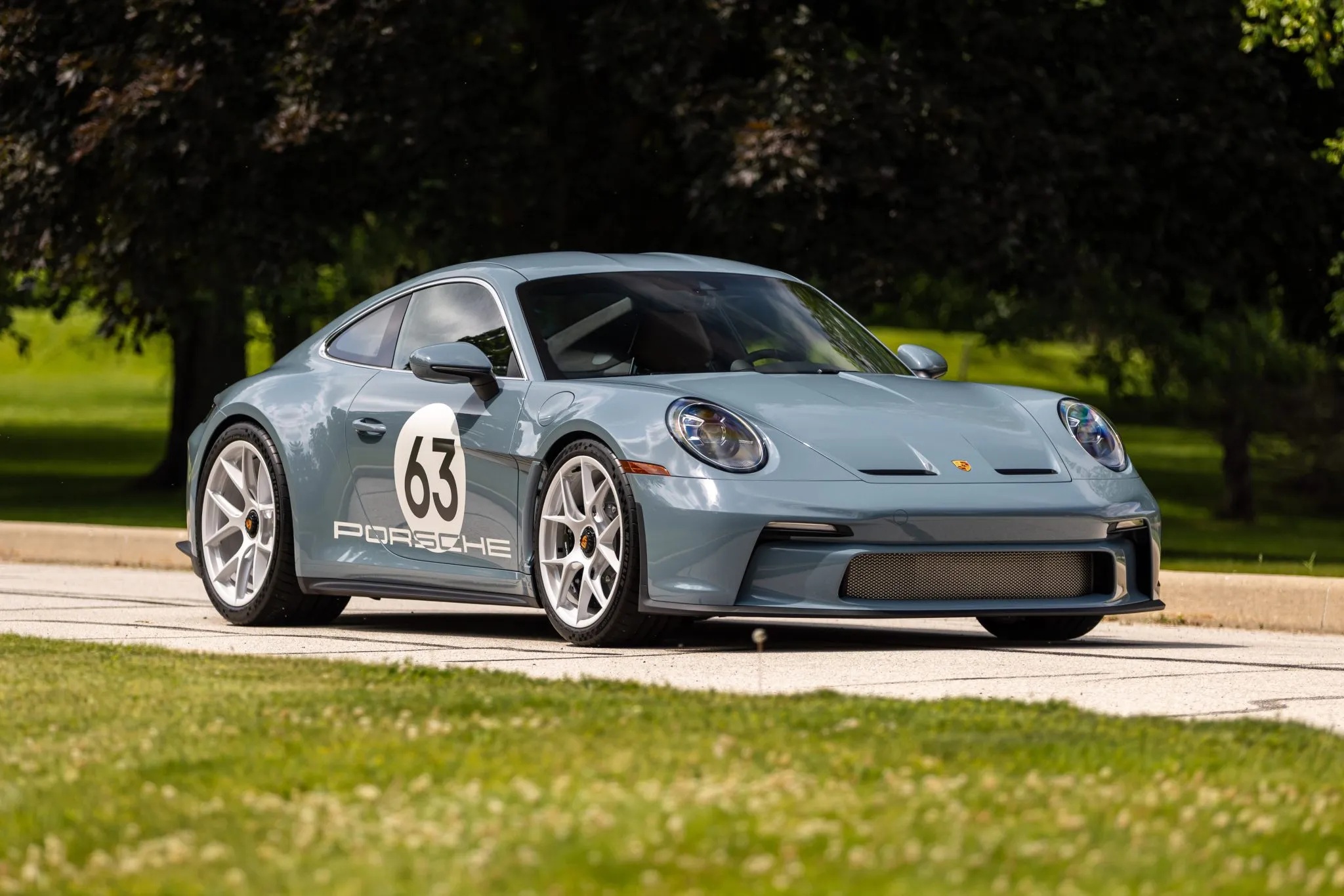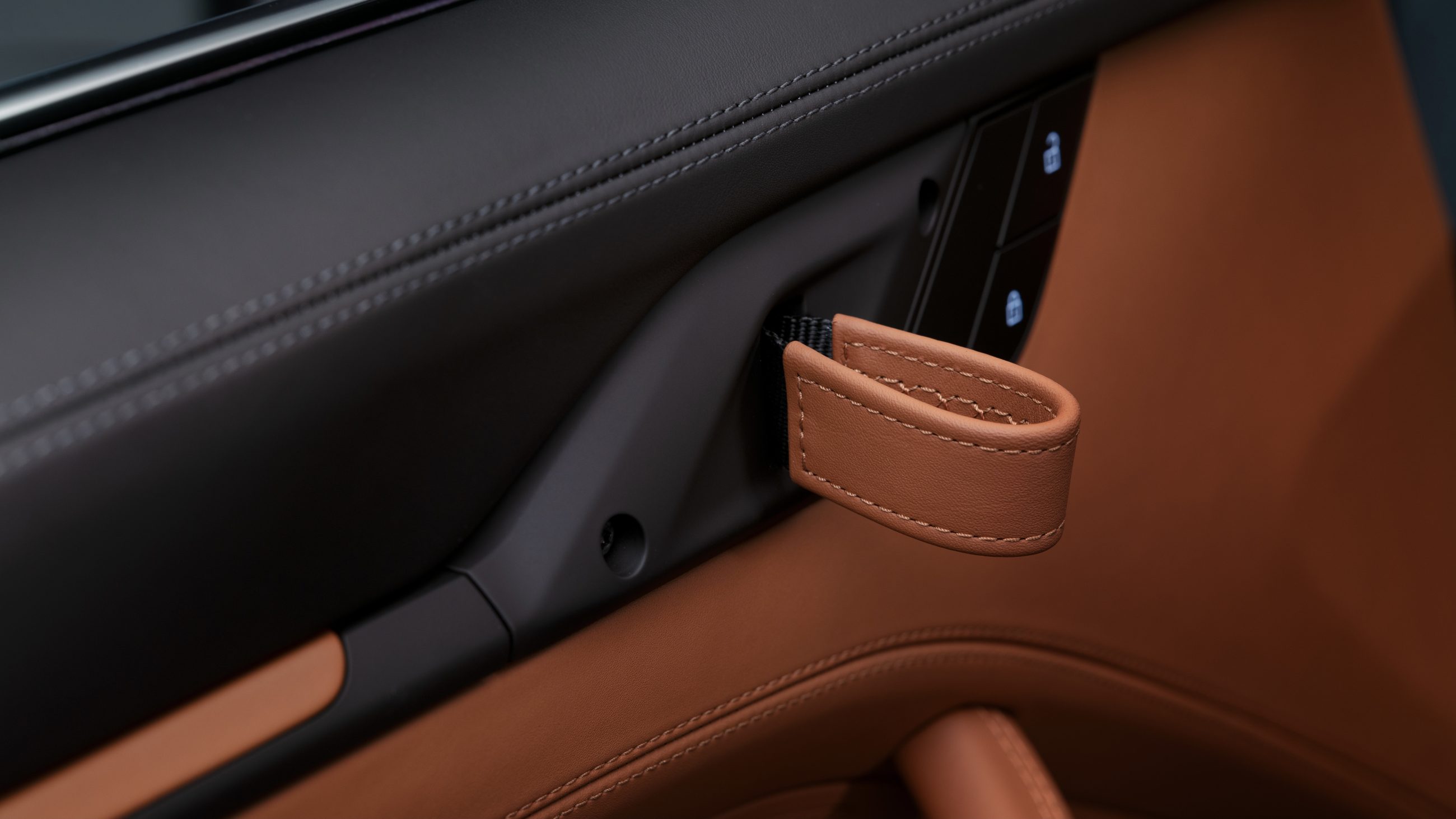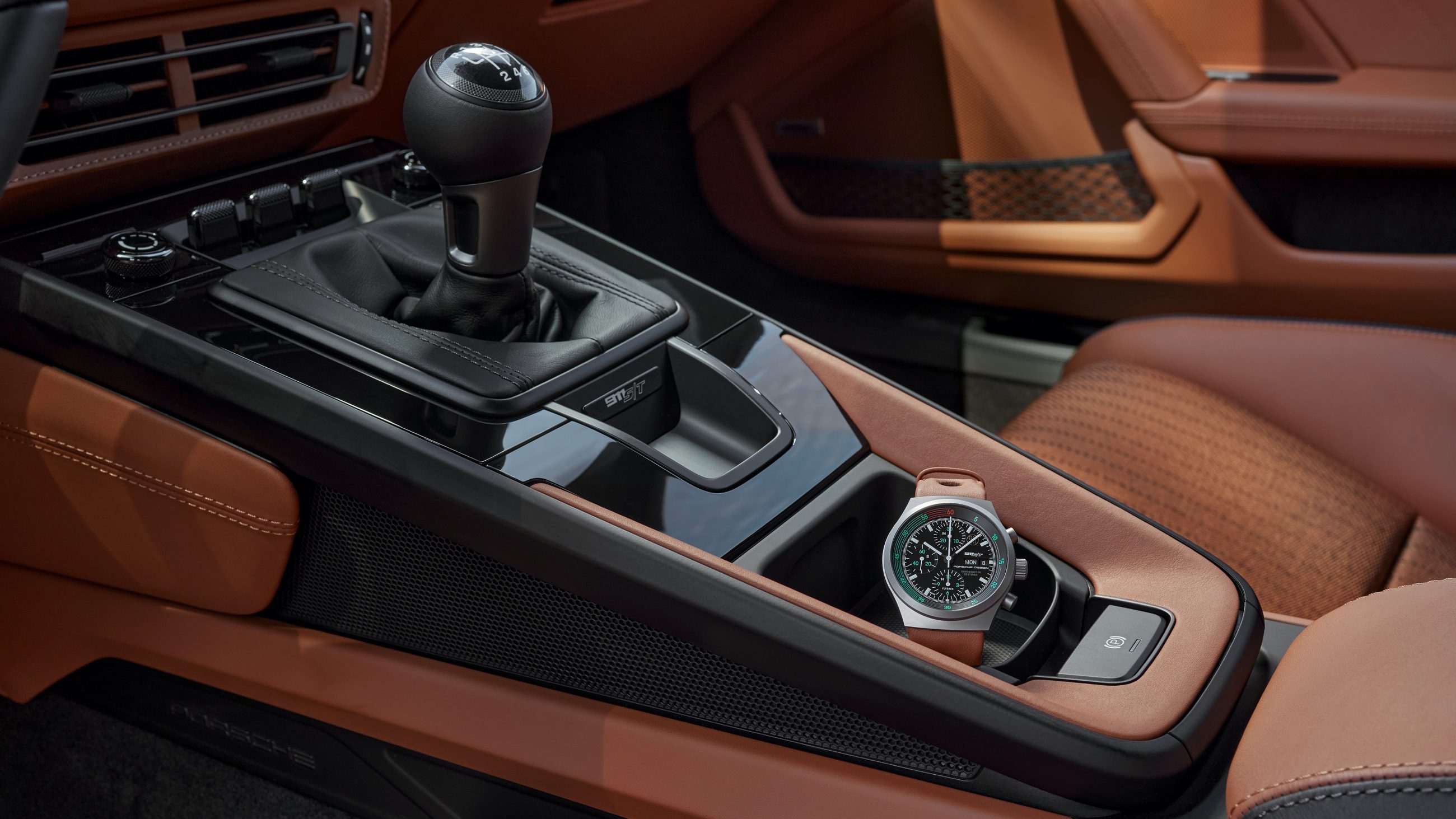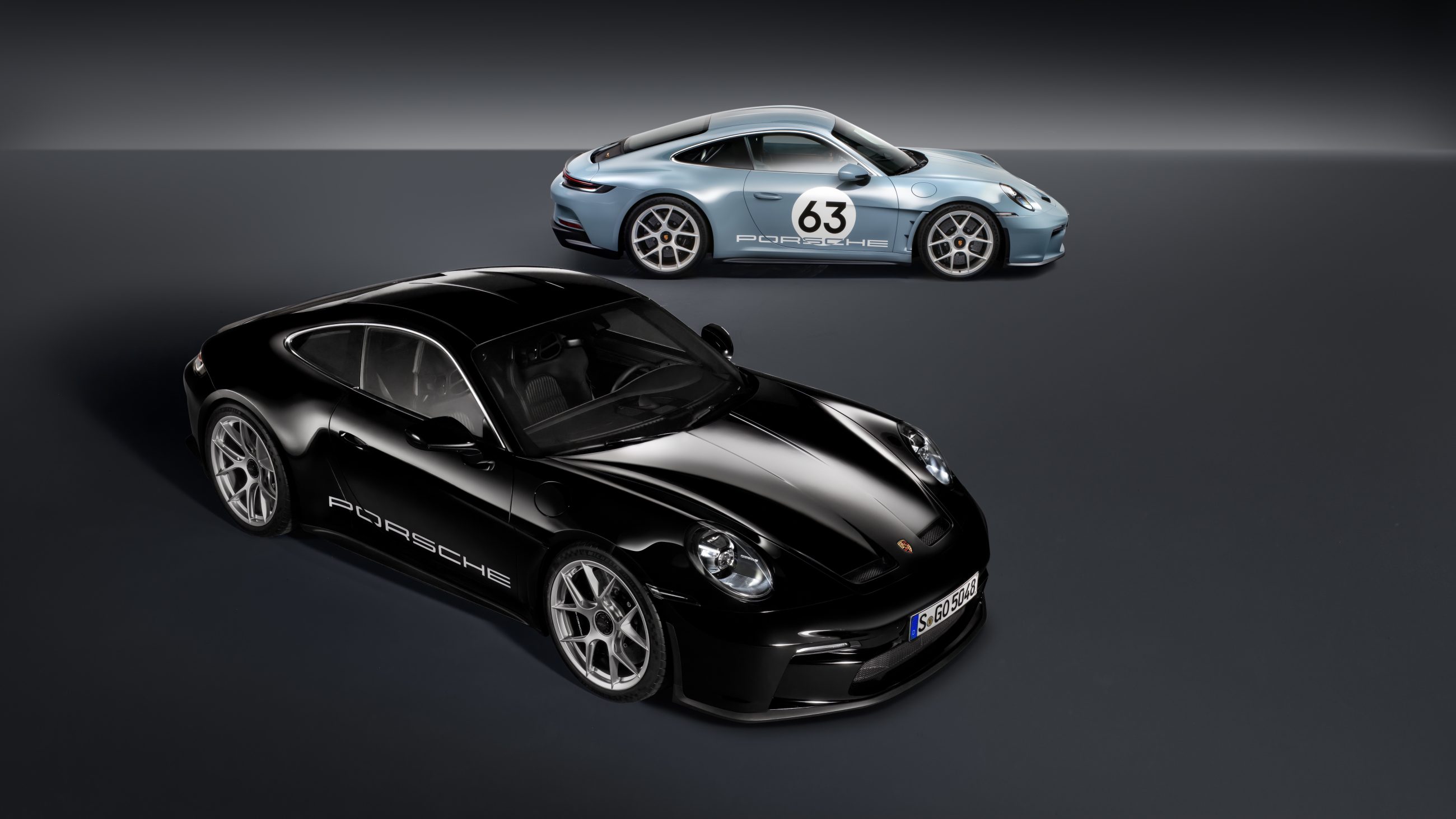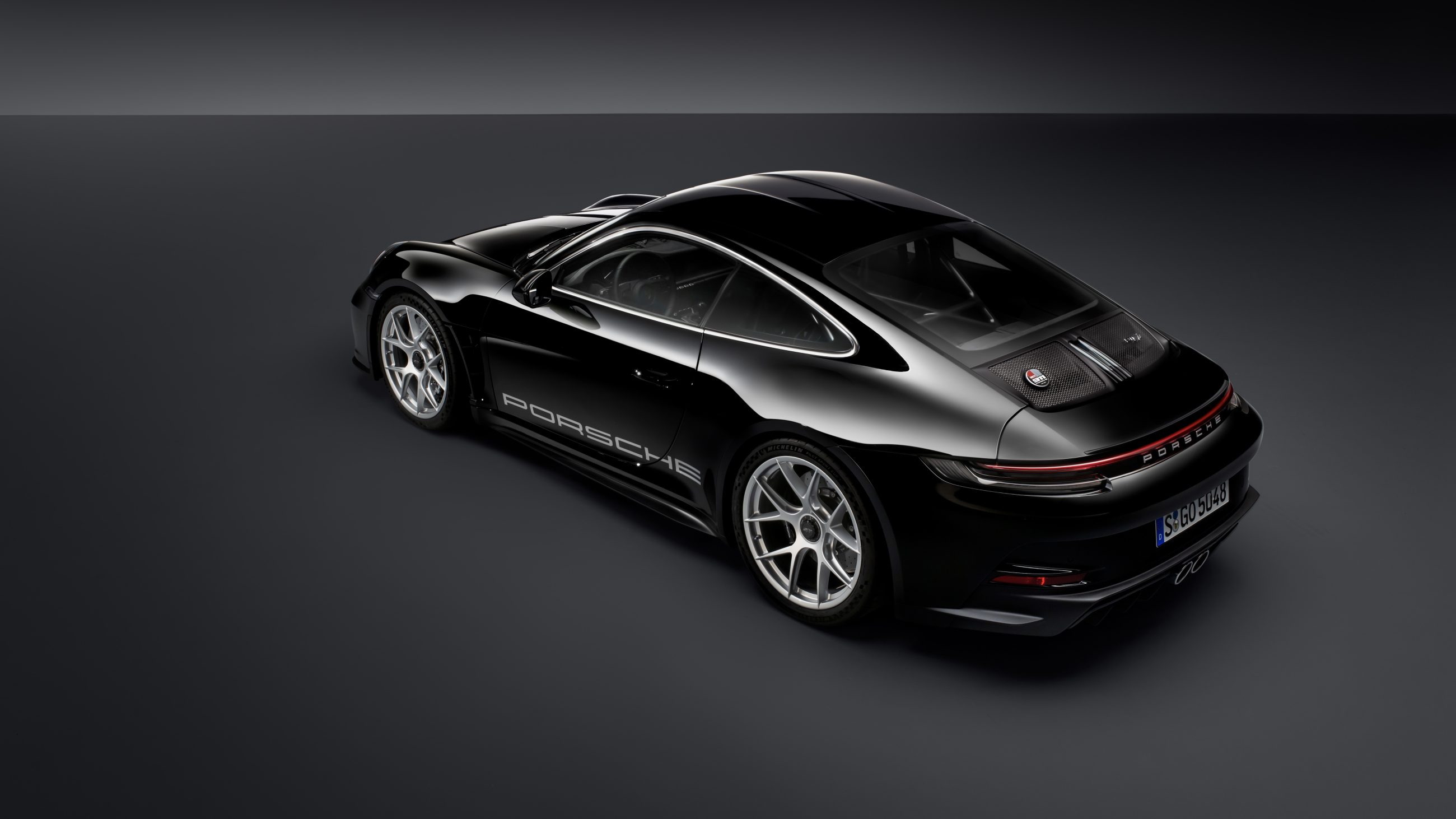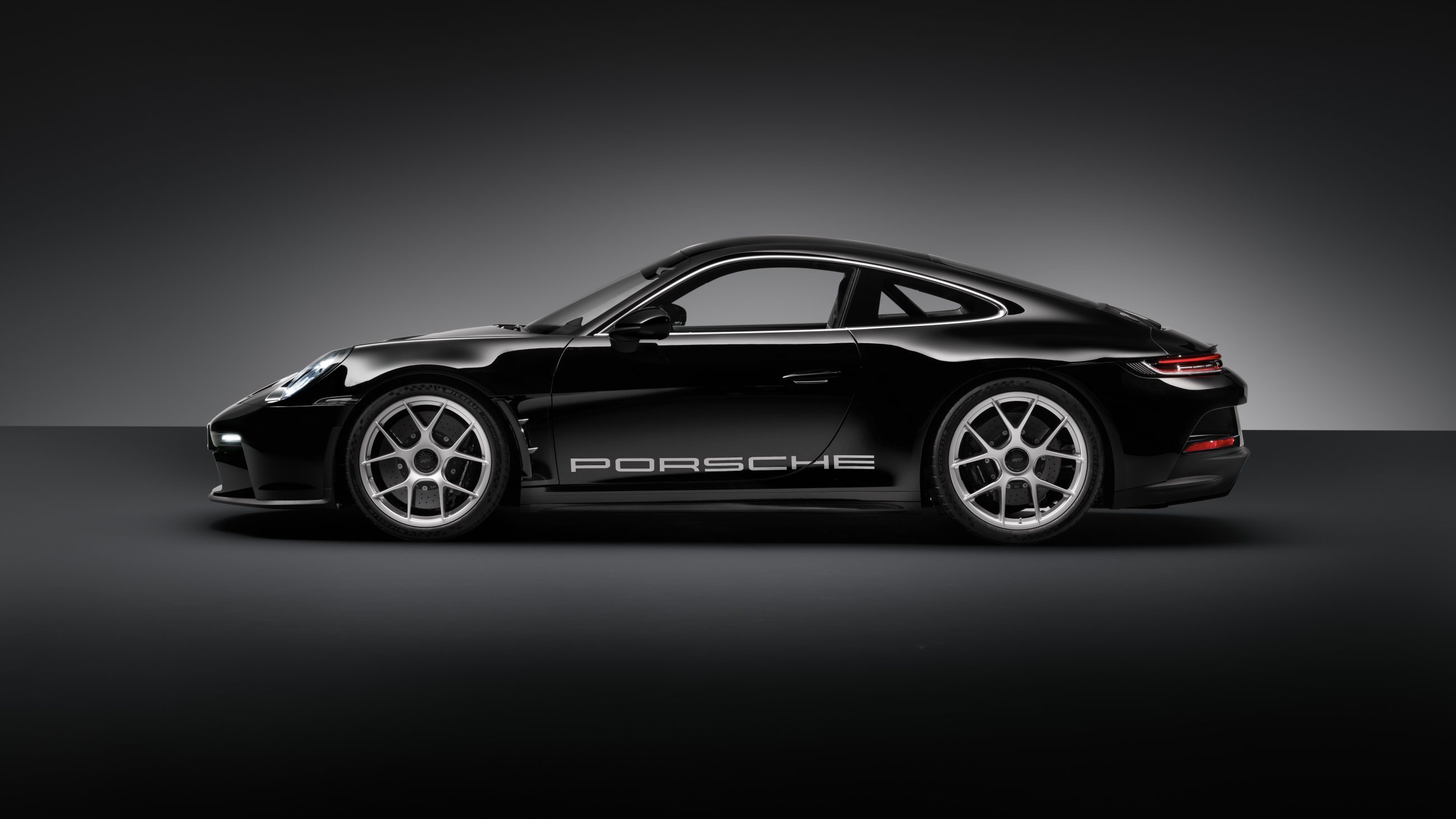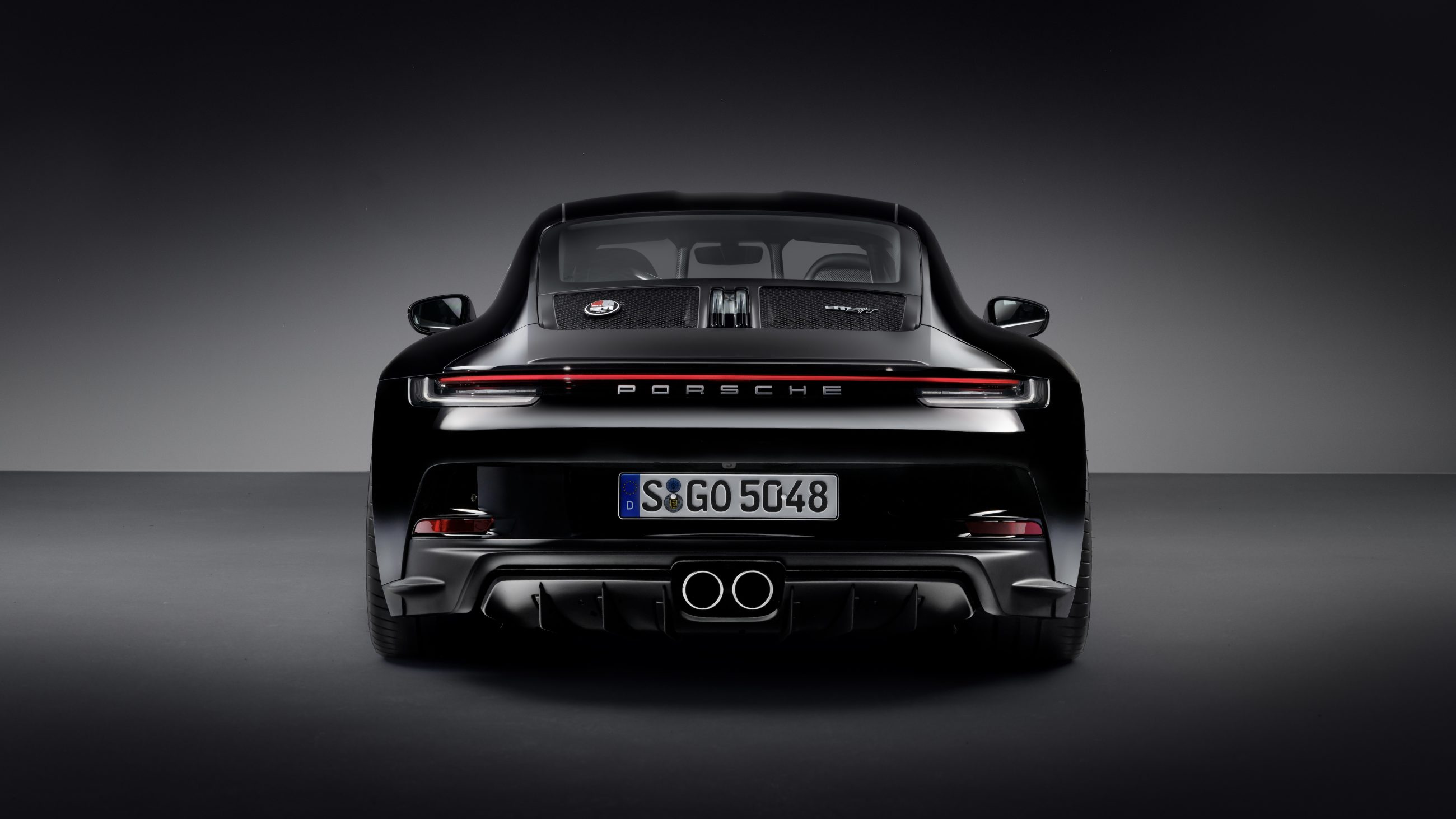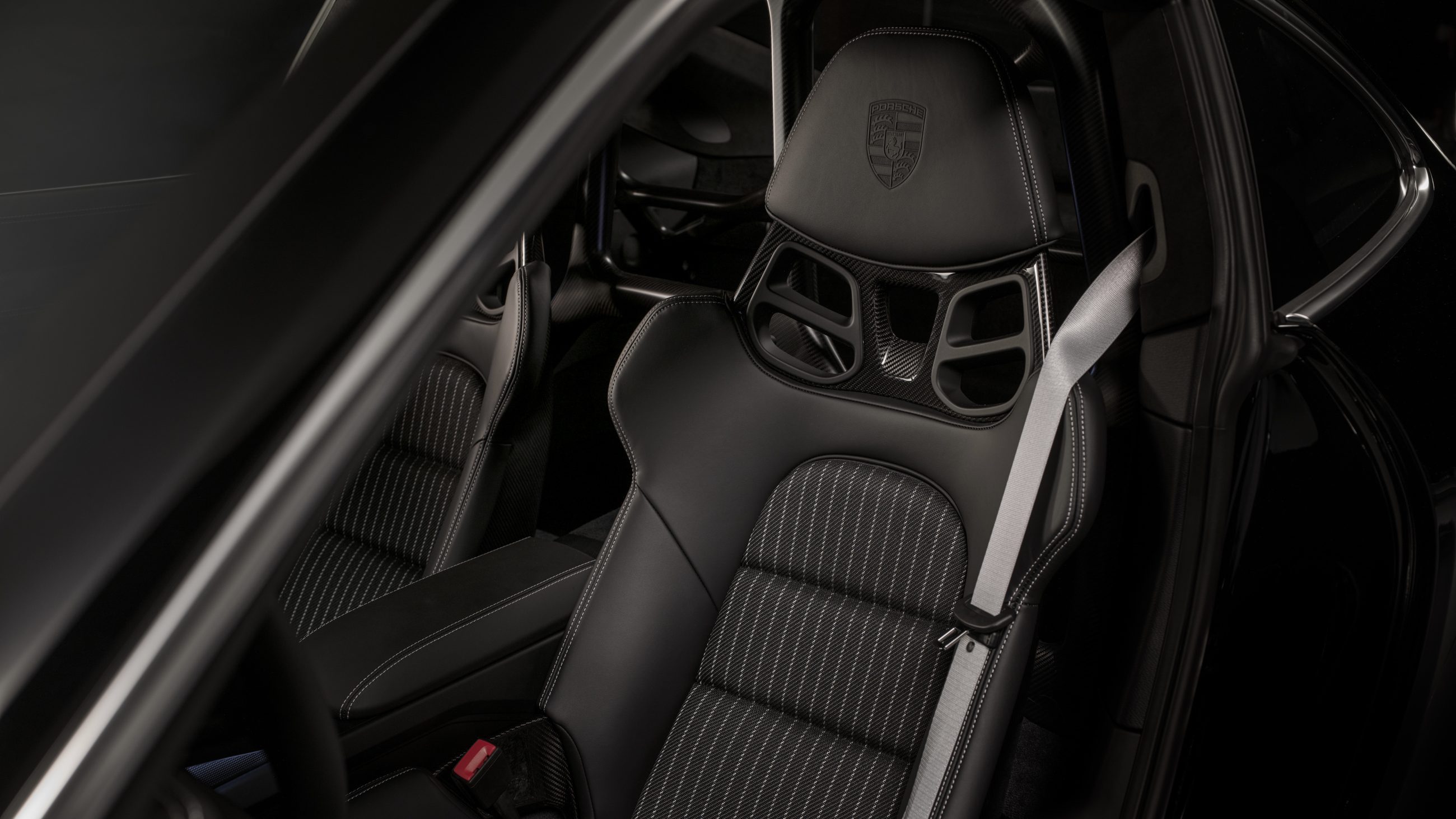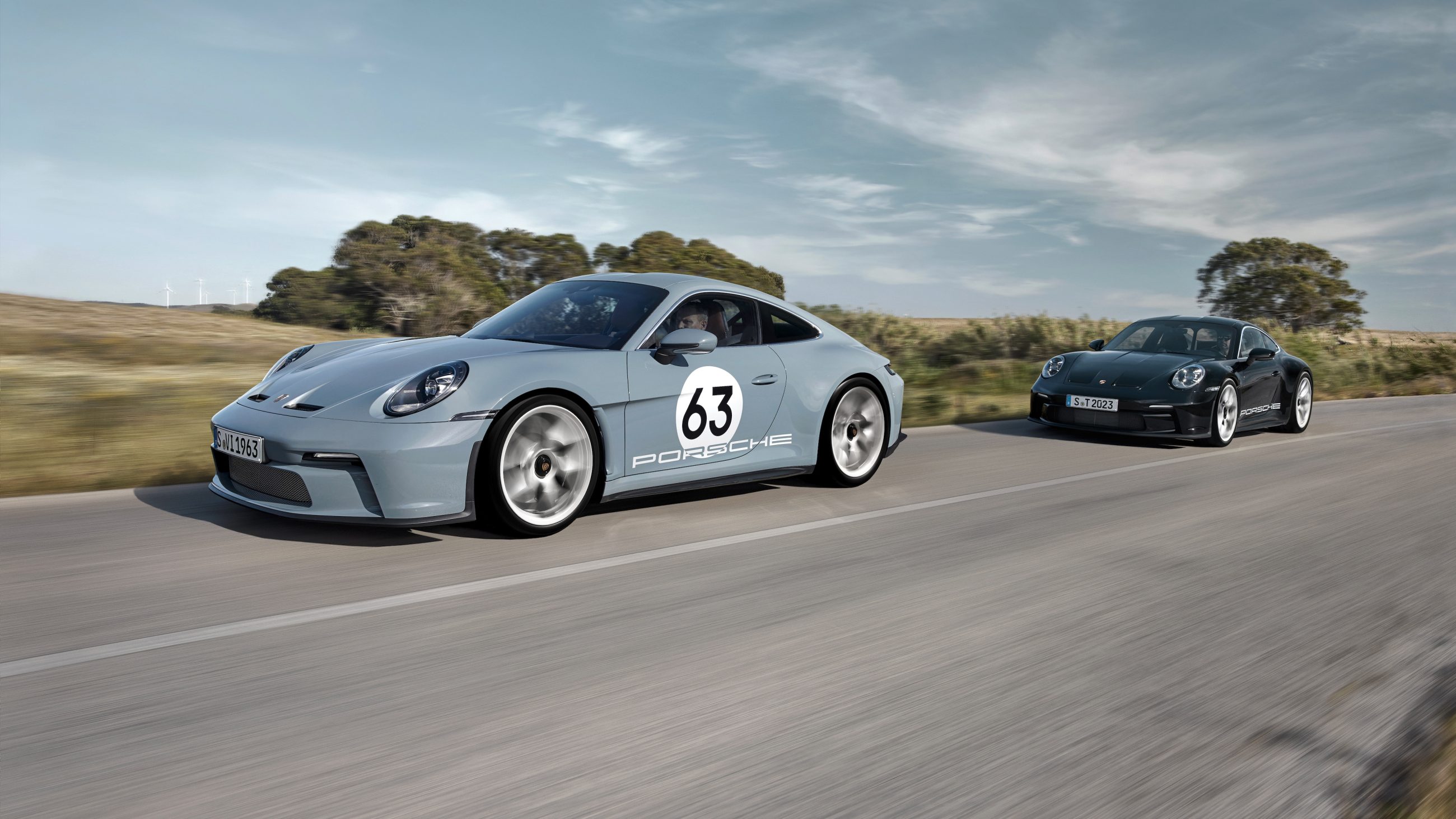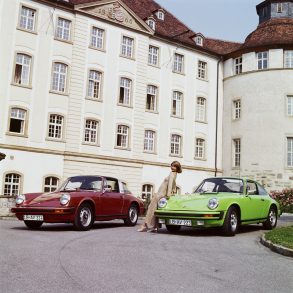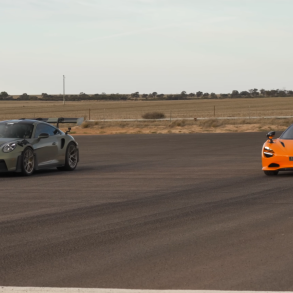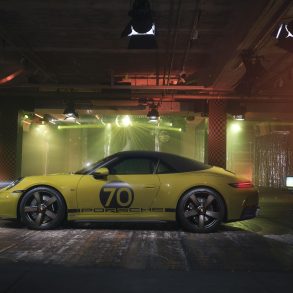The Ultimate Guide to the Porsche 911 S/T (992)
The Porsche 911 S/T is the most distilled, purist expression of the modern 992-generation 911—a limited-run, manual-only, lightweight special created to celebrate 60 years of 911. If you’re hunting for the road-focused unicorn that blends GT3 RS firepower with GT3 Touring subtlety—and then turns the involvement dial to 11—the S/T is it.
Below is a deep dive into its story, specs, tech, driving character, options, market reality, and what to look for if you’re lucky enough to shop one.
Origins & Concept: Why the S/T Exists
Launched in August 2023 as a 60th-anniversary tribute, the 911 S/T was limited to 1,963 cars worldwide (a nod to the 911’s debut year). Porsche’s aim was straightforward but audacious: take the naturally aspirated 4.0-liter from the 992 GT3 RS, ditch the PDK, fit a close-ratio six-speed with a featherweight clutch/flywheel, strip mass wherever possible, remove rear-axle steering, and retune everything to feel alive on a back road—not a racetrack.
Philosophically, the S/T sits where the 2016 911 R sat in the 991 era: a driver’s car first and foremost. Porsche’s own summary of the car emphasizes the lightweight construction, magnesium wheels, PCCB (ceramic) brakes, CFRP (carbon-fiber) panels, and a purist setup that makes it the lightest 992.
Porsche is really onto something—and they’re on a roll with that something, too. What some might refer to as a “gentleman-spec” or “stealth-edition” of the 911 GT3, Porsche has been calling the Touring for several years. The whole philosophy behind the 911 GT3 Touring as we understand it today, really began gaining traction thanks to a car known as the 2016 Porsche 911 R. We know that the 911 R was different both in name and its GT3 RS underpinnings, but it was very much what the Touring would go on to become fundamentally speaking.
Powertrain & Key Technical Highlights
Engine: 4.0-liter naturally aspirated flat-six (from the GT3 RS)
Output: 518 hp @ 8,500 rpm; 343 lb-ft @ 6,300 rpm
Redline: 9,000 rpm
Transmission: Six-speed GT Sport manual only, with a lightweight clutch and single-mass flywheel for hyper-responsive revs
Drive: Rear-wheel drive with mechanical LSD (PTV)
Those lightweight clutch/flywheel components contribute to a ~23 lb reduction and notably crisper response—one of the defining tactile traits of the S/T. Gear ratios are shorter than a GT3 manual, reinforcing that punchy, eager feel on road speeds where you can actually use it.
Chassis & Aero: Up front is the GT3’s double-wishbone suspension; the rear is a multi-link setup. Crucially, rear-axle steering is deleted, which forced comprehensive steering and differential retuning (slightly slower rack, revised assist, more relaxed locking behavior) to restore balance without the electronic crutch. Result: unfiltered, linear steering that reviewers rave about. The car carries minimal add-on aero—no RS wing; think more GT3 Touring silhouette with unique details.
Lightweighting: CFRP hood, roof, front fenders, and doors; magnesium wheels, lightweight glass, lithium starter battery, CFRP rear anti-roll bar and shear panel, thinner insulation. At 3,056 lb DIN (1,380 kg), it undercuts a 992 GT3 Touring manual by ~40 kg. P
Brakes & Tires: Standard PCCB (410 mm front / 390 mm rear) and Michelin Pilot Sport Cup-type rubber sized 255/35 ZR20 front and 315/30 ZR21 rear.
Performance Numbers
-
0–60 mph: 3.5 sec (manual!)
-
Top speed: 186 mph
-
Weight-to-power: 5.9 lb/hp (DIN)
-
Cd x A: 0.72 m² (Cd 0.35) Porsche Newsroom
On paper those figures don’t chase a Turbo S’s demolishing acceleration—instead they frame the S/T’s mission: immediate response, sky-high revs, short gearing, and intimacy at sane road speeds.
How It Drives (and Why Reviewers Lost Their Minds)
The S/T is road-first. Without rear-steer and without RS aero, you don’t get the clamp-down stability a GT3 RS chases at 170 mph; you get a car that talks to you at 35–95 mph on your favorite road. Reviewers consistently describe the steering as “pure” and “uncut,” the shifter as mechanical silk, and the engine as addictive thanks to the lighter flywheel. Car and Driver called it a road-focused 911 with a lot of GT parts; Road & Track went even further, flatly stating it’s “the greatest road car I’ve ever driven.”
Engineering backstory makes this feel earned. Deleting rear-steer initially “made a mess” of the handling; Porsche’s GT boss team re-geared and re-tuned the rack and diff to harmonize the chassis around that high-rev NA motor. The payoff is a car that feels natural and honest at all speeds—an ethos confirmed by multiple outlets.
Design & Cabin: Subtle Outside, Heritage Inside
Visually, the S/T channels the GT3 Touring’s clean shape but integrates unique vents and CFRP panels. Many cars wear the optional Heritage Design Package (60 Years), which brings period-inspired graphics, gold badging, vintage-style crests, and a gorgeous two-tone Black/Classic Cognac leather interior. It isn’t cheap, but it’s a core part of the model’s visual narrative and collector appeal.
Inside, you’ll find the typical GT-grade chairs and materials with the lightweight vibe: reduced insulation, visible CFRP (depending on spec), and the all-important manual front-and-center. It’s special without being shouty. Porsche’s “Stories” feature and press kit detail the dimensions and trim thinking if you want to nerd out further.
Specifications (Quick Reference)
- Engine: 4.0 NA flat-six (GT3 RS origin), 518 hp / 343 lb-ft
- Redline: 9,000 rpm
- Transmission: 6-speed GT Sport manual, lightweight clutch + single-mass flywheel
- Drivetrain: RWD; mechanical LSD with PTV
- Suspension: Double-wishbone (front), multi-link (rear); PASM (-20 mm)
- Steering: Electromechanical, no rear-steer, 15.0:1 center ratio
- Brakes: PCCB standard (410/390 mm)
- Wheels/Tires: 20/21-inch; magnesium wheels standard
- Weight (DIN): 3,056 lb (1,380 kg)
- 0–60 mph: 3.5 s; Top speed: 186 mph
Production, Pricing & Allocation Reality
Production: 1,963 units worldwide for the 2024 model year. Availability is over, and cars are already trading on the secondary market.
MSRP (U.S.): ~$290,000 before options/destination. The Heritage Design Package adds about $20,360, and wild Paint-to-Sample Plus could tack on $43,390—which is how configurators quickly crested $330k+ when new. Many U.S. dealers and price lists reflected the same base MSRP
Anti-flipping policy: Porsche required an initial one-year lease for many U.S. deliveries before titles transferred, an unusual (and telling) step to discourage immediate flipping.
Market today: Asking prices range widely depending on miles, color/spec (Shore Blue and Heritage interiors are catnip), and originality. It’s not uncommon to see asks well north of original MSRP; recent dealer listings and auctions show $600k-ish asks for ultra-low-mile Heritage cars, though transaction prices vary.
Options & Packages That Matter
-
Heritage Design Package (60 Years): Period logos/roundels, cognac/black semi-aniline interior, special crests and graphics; a character-defining look with strong collectability.
-
Extended Range Fuel Tank (23.7 gal): Useful for real-world GT drives; commonly optioned.
-
Front-Axle Lift: Always nice on a low-riding, long-nose 992.
-
BOSE Audio, Matrix LEDs, Chrono: Popular amenities that don’t spoil the vibe.
Note: Magnesium wheels, PCCB, lightweight glass are already standard on S/T—part of what makes it the lightest 992.
How It Compares: S/T vs GT3 Touring vs GT3 RS
-
Versus GT3 Touring: The S/T is lighter, shorter-geared, and more visceral thanks to the single-mass flywheel and clutch, yet calmer visually. If a GT3 Touring is your “forever 911,” the S/T is the distilled, rarer, more collectible version with a more animated powertrain.
-
Versus GT3 RS: No contest on lap times—the RS dominates. But the S/T gives you that same engine with a manual and much less aero, prioritizing tactile connection on normal roads. Many reviewers preferred the S/T for real-world fun.
Reception: What the Press Said
Consensus: One of the all-time great driver’s 911s—not the fastest, but quite possibly the most satisfying.
“The greatest road car I’ve ever driven.” A love letter to the S/T’s steering purity and responsiveness after the rear-steer delete and retune. – Road & Track
A road-focused 911… parts from GT3/GT3 RS, manual only.” Praised the half-weight clutch/flywheel assembly for transforming response. Car and Driver
Applauded the natural, honest feel and the way the S/T makes you forget about other 911s’ rear-steer advantage on road. Edmunds
Buying Guide: What to Look For
1) Provenance & Title Timing
Because of the 12-month lease anti-flip measure, confirm how and when title transferred, and whether any lease buyout or early transfer occurred. Clean paperwork matters—especially for high-dollar trades.
2) Originality of Lightweight Bits
Magnesium wheels are standard and expensive. Inspect for curb rash, corrosion protection, and ensure OEM wheels accompany the car if aftermarket wheels were fitted for daily use (some owners squirrel away the magnesium set).
3) Heritage Design Package Authenticity
Verify factory build sheets for genuine Heritage Package cars—badging, graphics, and interior materials are specific and add value. Window stickers and Porsche build summaries will list it explicitly.
4) Break-in, Rev Range Reports, and Clutch Feel
With an 8,500-rpm power peak and 9,000-rpm redline, over-revs can happen. Ask for PIWIS/DME over-rev reports. The lighter single-mass flywheel will chatter a bit—that’s normal. A too-serene idle may indicate non-stock changes; a too-harsh one could point to aftermarket tinkering.
5) Tires & Alignment
Given the bespoke steering tune (no rear-steer), a correct alignment is key. Uneven inner-shoulder wear on the 315-section rears can appear with aggressive toe/camber settings. Budget for fresh Michelin Cup-class rubber if mileage exceeds a few thousand.
6) Paint-to-Sample & PPF
PTS/PTS+ cars can command serious premiums; verify color codes. Many cars are fully PPF’d; good film can preserve CFRP panels and magnesium wheels from road rash.
Ownership Experience
Unlike the RS, the S/T isn’t intimidating in traffic. The clutch is lighter than you’d expect for a 518-hp NA flat-six, the manual is short-throw and precise, and visibility is classic 911. It’s still a GT-department car—so expect firmer springs and more road texture—but the absence of massive aero and the shorter gearing make sub-100-mph drives deeply rewarding. That’s the whole point.
Running costs will mirror other 992 GT-family cars: frequent high-temp oil changes if tracked (though this isn’t a track toy), expensive PCCB service if abused, and Cup-class tires that melt under enthusiasm. Resale looks buoyant thanks to production scarcity and the car’s reputation.
Frequently Asked Questions
Is the S/T the fastest 992?
No. It’s quick (3.5 s to 60, 186 mph) but not a numbers monster like the Turbo S or hybrid GTS; it’s about feel, not outright speed.
What makes the S/T different from a GT3 Touring?
Lighter overall; manual only; GT3 RS engine; shorter gearing; single-mass flywheel/light clutch; magnesium wheels and PCCB standard; deletion of rear-steer with bespoke steering/diff tune; and rarity.
How many were built and what did it cost new?
1,963 units. U.S. MSRP was about $290,000 before options; Heritage Design Package was ~$20k and PTS+ could add ~$43k.
Why did Porsche lease S/Ts first?
To discourage immediate flipping; many U.S. cars were delivered on a mandatory one-year lease before title transfer.
Verdict
The 911 S/T is the rarest flavor of modern 992 that actually makes every drive special. It trades ultimate lap time for ultimate connection, reimagining a GT3’s essence for the road with a soundtrack and tactility only a high-revving NA flat-six and manual can deliver. If the 2016 911 R wrote the recipe, the S/T refined it for a new generation—and, if the critical consensus is any guide, nailed it.
If you’re assembling a keeper-grade 911 garage, the S/T belongs on the very shortest list. Just bring patience, paperwork diligence, and a healthy respect for magnesium wheels. Then find your favorite ribbon of asphalt and let that 4.0 sing
What We Said At Launch
Circular Logic (The Good Kind)
Since then, this blueprint has transformed into the foundation of what had become the 991.2 GT3 Touring, and more recently, the 992 GT3 Touring. The former can be credited most notably with bringing back manual transmission exclusivity to the GT3 line, while the latter is a more modern and versatile interpretation of a 911 super tourer.
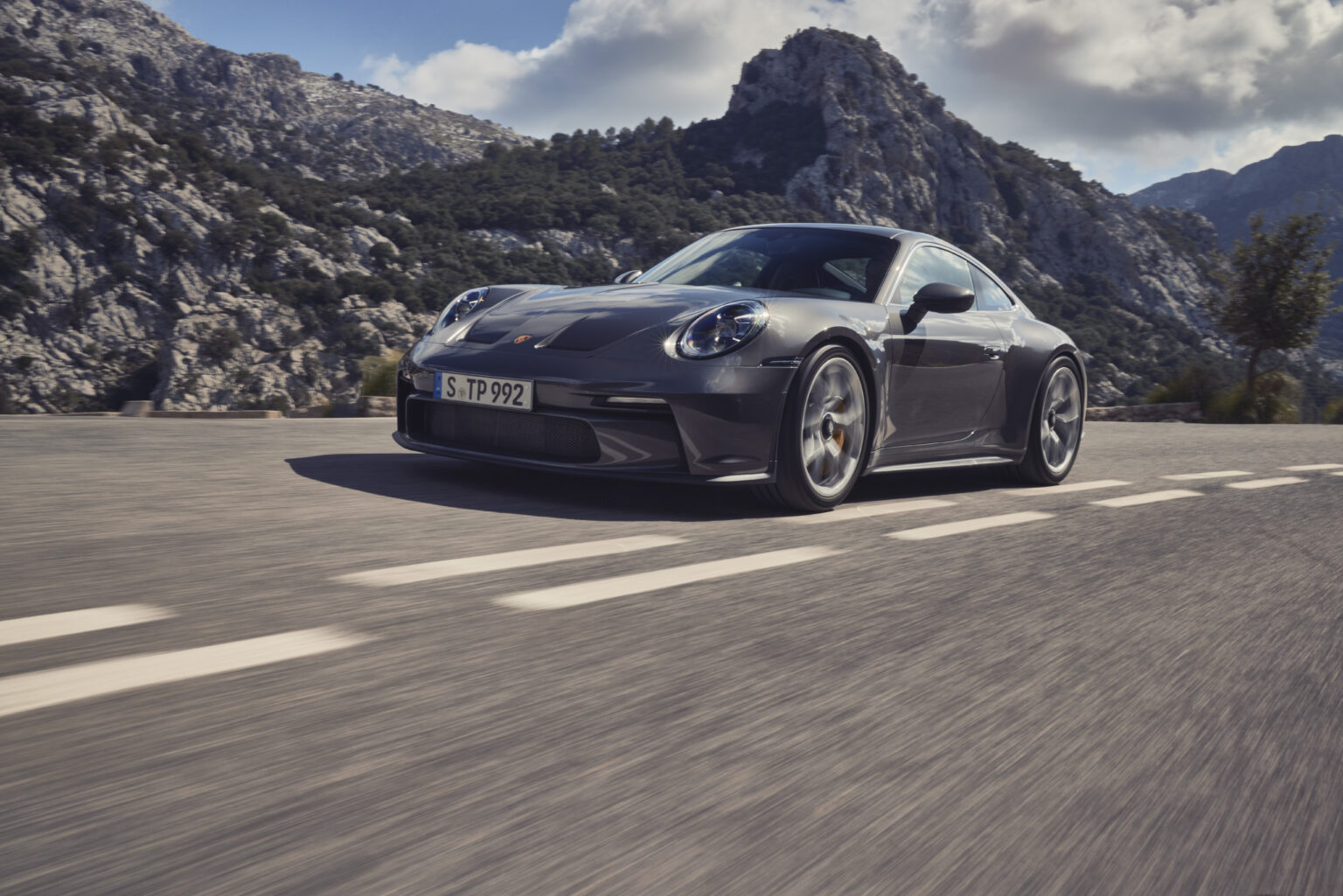
So here we are, back at the beginning, sort of. Things have come full circle and we now have a spiritual successor to the 911 R that started it all—the 2024 Porsche 911 S/T. Once again, it’s a car with new nomenclature, but an all too familiar ethos.
Porsche 911 S/T
Its name is peculiar for a couple reasons, in that it’s not simply called the “R” again and well, what’s “S/T” all about? Porsche says that it harkens back to a special race version of its flagship model which was released back in 1969. That car was called the 911 S, but internally referred to as the 911 ST.
Perhaps this association is more based on the idea that the 911 ST had forgone the use of any elaborate aerodynamic design cues, but still possessed range-topping performance for its time. In that sense, “S/T” as a namesake is logical, and I’m guessing the forward-slash was added in for the distinction of it also being a 60th anniversary 911 model.
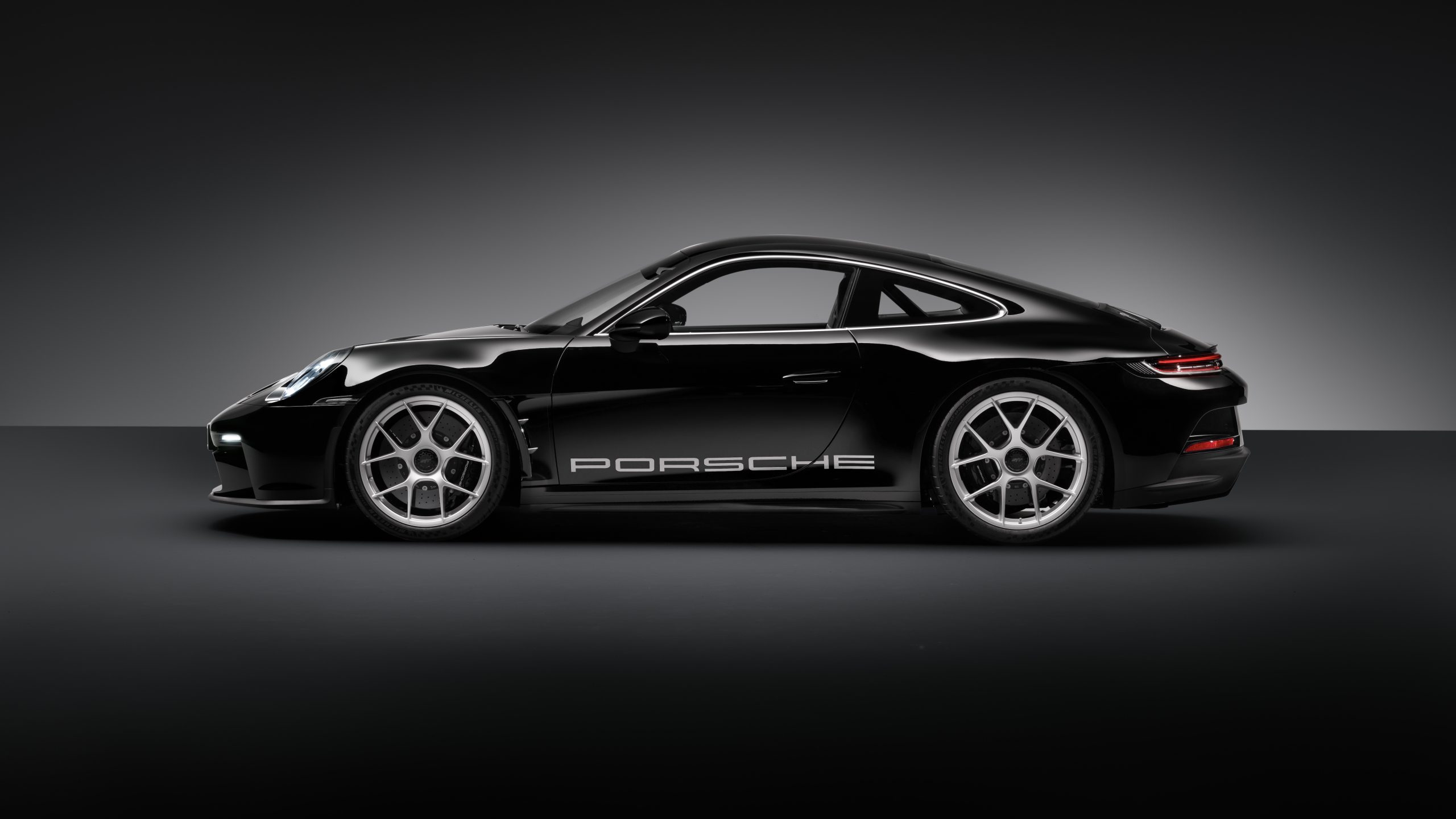
In simple terms, the 2024 Porsche 911 S/T is what happens when you transplant the soul of the new GT3 RS in the body of a GT3 Touring. Of course, the augmentation doesn’t just stop there. First, a 6-speed manual replaces the PDK as the exclusive transmission option, then more features are added after the fact—most of which are in the name of weight reduction, and all of which are exclusive to the S/T.
Aside from being the lightest 992-gen car in the lineup, the 911 S/T is already being hailed as the best modern 911 ever produced. Hard one to argue, that.
First Look feat. Top Gear & Mr. GT
Performance & Drivetrain
In terms of specs, there’s no secret with what you’ll be getting from the 4.0L flat-6 GT3 RS engine mounted in the back—that being, 518 hp of 9,000 rpm redlining naturally-aspirated goodness.
It’s the 6-speed manual transmission which truly differentiates the S/T from any other car in the roster. In fact, it’s one that’s been specially made for this car and features a lighter single-mass flywheel and clutch assembly which improves throttle response and reduces weight. Furthermore, shortened gear ratios heighten the levels of involvement, with quicker and more frequent shifting being demanded by the S/T in order to extract maximum driving pleasure.
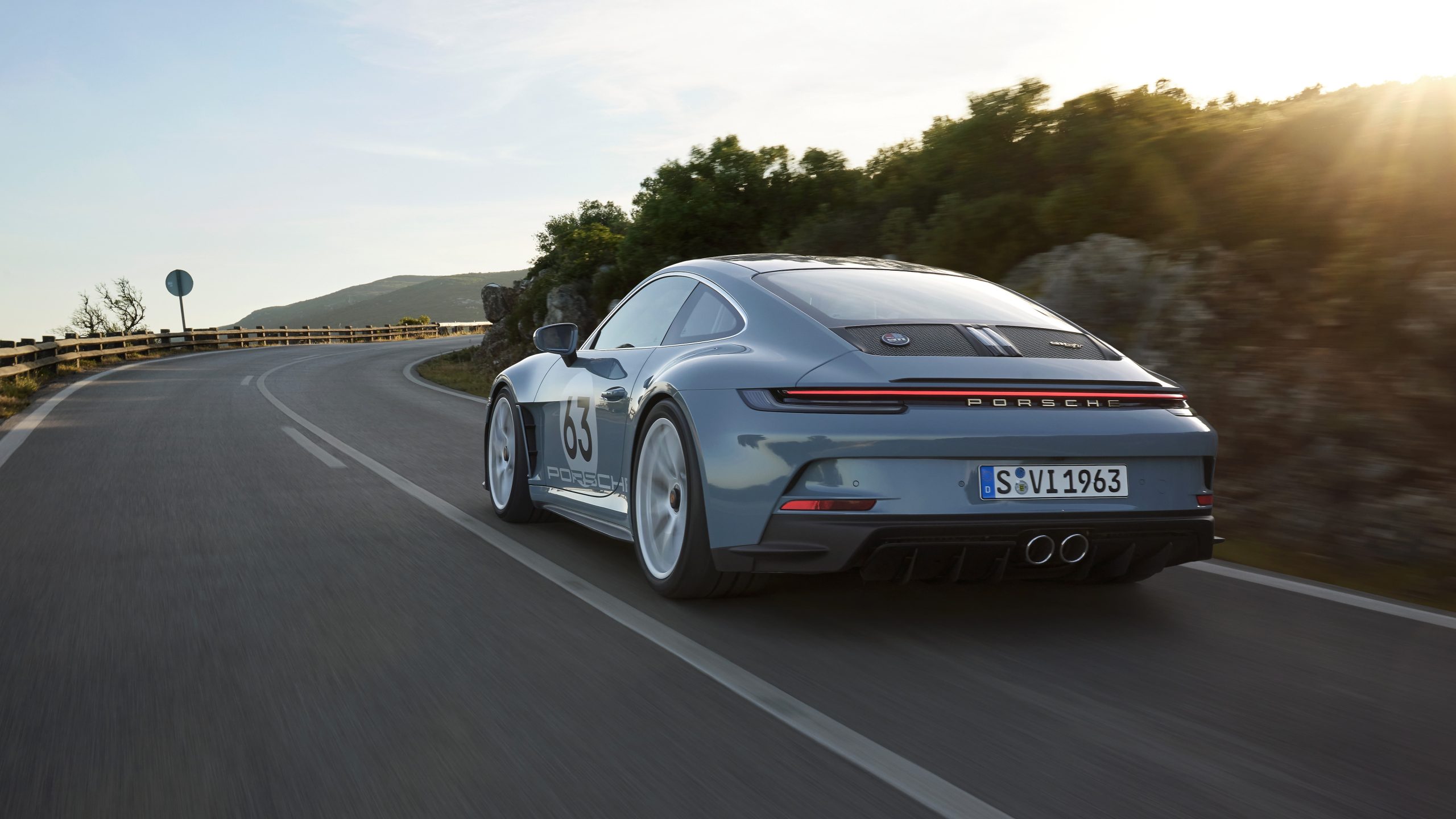
Even rear-wheel steering has been deleted. Mostly in the name of weight reduction, but this does also help to create a more analog driving experience that better complements the overall character of this wonderful machine.
Porsche claims a 0-60 mph time of 3.5 seconds—which is likely to be even quicker in real-world testing—and a top speed of 186 mph. Obviously not as fast as the PDK-equipped GT3 RS, or a similarly endowed GT3 for that matter. But that’s more than suitable for unforgettable winding back road drives, where the S/T truly shines.
Chassis & Suspension
One of the major highlights of the latest 992 GT3 RS (and GT3), is the use of a front double wishbone suspension design for the first time in a production 911. That of course, carries over to the S/T, though the settings have been revised slightly to make for a more compliant ride during those inevitable moments driving through rougher mountainous trails. The S/T forgoes the wider tires from the GT3 RS, and instead opts to use the same 255/35/20 and 315/30/21 Michelin Pilot Sport Cup 2 tires that come standard on the GT3.
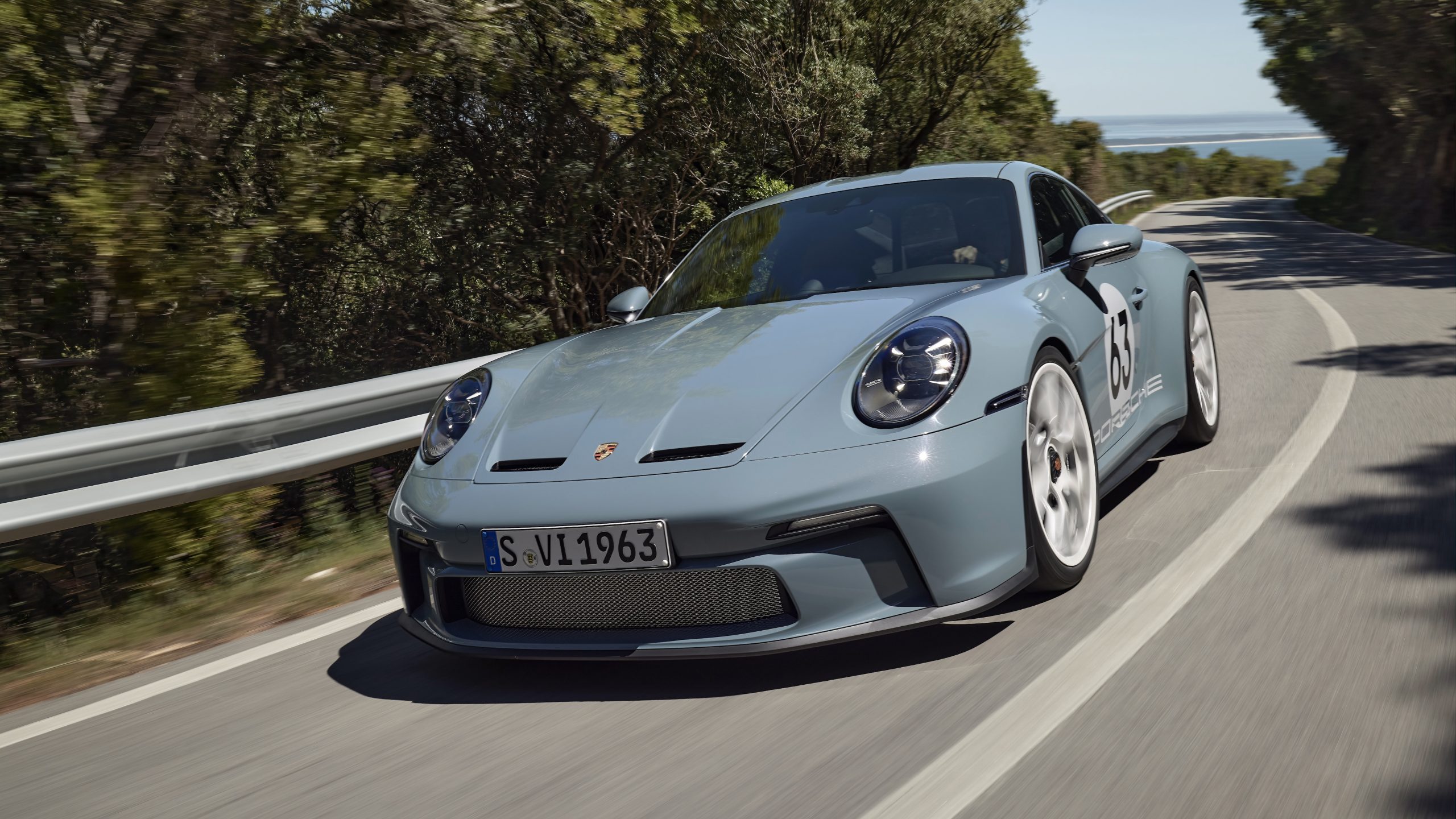
Expect all the conventional lightweight fixings such as standard magnesium centerlock wheels and Porsche Carbon Ceramic Brakes, and body panels—such as the hood, roof and fenders—made from carbon fiber. Even the rear anti-roll bar is made of the good stuff, and Porsche has replaced the standard battery with a featherlight lithium-ion unit for good measure.
Along with some interior bits (more on those below) all of the aforementioned are collectively crucial in Porsche’s quest to create the lightest 992-gen 911 so far. The Porsche 911 S/T tips the scales with a curb weight of 1,380 kg—some 40 kg lighter than the next-best manual GT3 Touring.
Design & Interior
Besides a couple of details that you could miss if you weren’t looking closely enough, there isn’t really anything that easily distinguishes a GT3 Touring from a 911 S/T. Their silhouettes are remarkably familiar, and only clues such as a unique engine lid design and beveled front fenders will quickly give it away.
Such a limited edition (and anniversary celebrating) car was always going to leave plenty of room for individualization from the factory though, so there are a plethora of ways to build your S/T in a way that makes it distinct from any other Porsche car.
Black and White are the only no-cost exterior color options, while special paints such as GT Silver, Gentian Blue and Ruby Star Neo can be selected for a $4,200 USD premium. Naturally, Paint to Sample is available as well. But a sure way to really hit home the fact that you own an S/T is to option it with the exclusive Heritage Design Package ($20,360 USD) which also unlocks Shore Blue Metallic as a paint option.
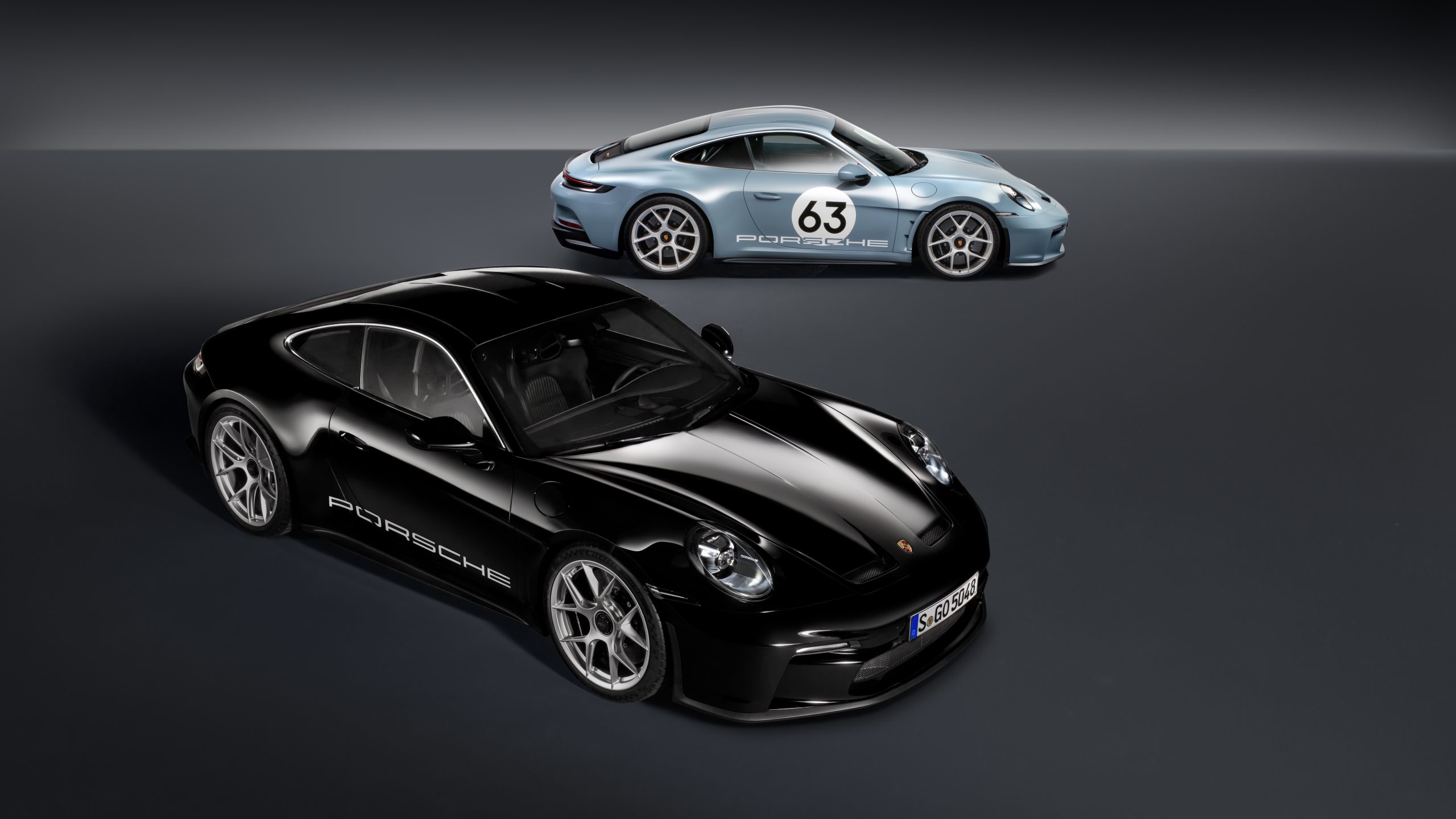
Moving inside now, as you’d expect, lightweight carbon bucket seats are the standard fare here. Thinner “motorsport” glass is used and the removal of some sound deadening components are also part of the diet from inside the cabin.
The Classic Cognac interior trim package is a must have for me, as it’s quintessential to the vintage vibes of this car and really suits the green typography seen on the instrument cluster. There’s one caveat though—to unlock it as an option you must select the Heritage Design Package, so it’s kind of an “all-in” decision with that.

Pricing & Availability
In observance of the 60th anniversary of the 911, the production run for the 911 S/T will span a mere 1,963 units worldwide—a nod to the year that the first one was built. Needless to say, its status as a true classic has already been established.
The 2024 Porsche 911 S/T has a base MSRP of $291,650 USD. However, a fully spec’d out model will add another $80,000 USD with Paint to Sample Plus (your choice of a bespoke color for $43,390 USD) making up the bulk of that.
Indeed, the lightest 911 you can buy today is also the most expensive.
Of course, even having the privilege of paying sticker price for one of these would mean that you’d have to be at the very top of Porsche’s preferred client list. Expect allocations to be considered very selectively by the manufacturer and “used” prices to be through the roof—not unlike what we saw, and continue to see, with the 2016 Porsche 911 R.
Image Gallery
Video Gallery
Official Press Release
https://newsroom.porsche.com/en/2023/products/porsche-911-s-t-world-premiere-60-years-911-33363.html


